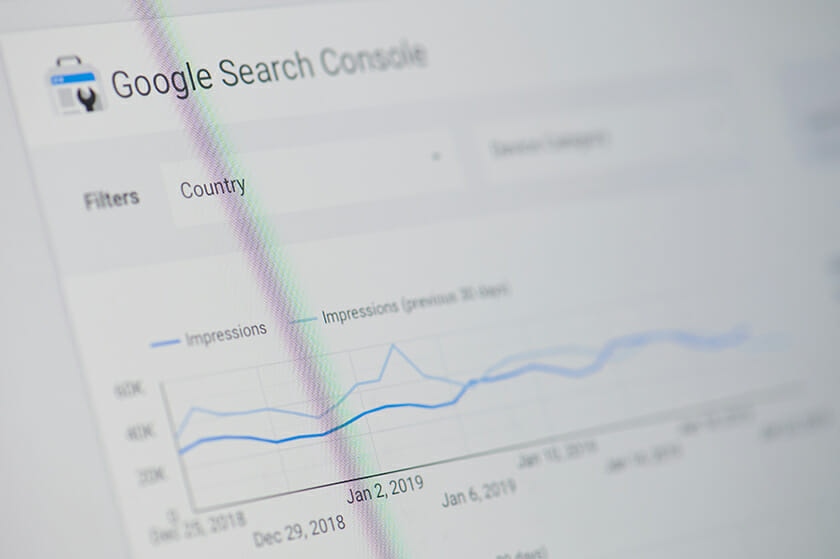
As 2020 comes to an end, it’s time to start looking ahead to 2021 and how we can plan for some big wins in the upcoming year. While there is never a foolproof strategy, there are some takeaways from 2020 that we can all learn from.
First and most importantly, is the need for all businesses to have a strong online presence. COVID and it’s many quarantines have resulted in the necessity for all businesses to reconsider their traditional business model. The way we have always run our businesses, won’t cut it in our current climate. It’s more important than ever before to have an easily accessible online presence. Consumers search online now more than ever before.
What is a Digital Presence?
Having a true “digital presence” involves a lot of things that change from business to business. That said, every business can benefit in some way from some type of digital presence. This includes this following:
- Social media pages (Facebook, Instagram, Twitter, etc.)
- A website that is desktop and mobile friendly
- Digital ads (PPC, banner ads)
- Content and blogs
- Online reviews
- Business directory listings (Yelp, Google My Business)
- Map packs (Google and Apple Maps)
Many businesses had a few of these going into 2020, but as we edge closer to 2021, it’s imperative to have most, if not all, of these.
For example, many businesses closed in March/April/May of 2020 due to the COVID-19 pandemic. Some restaurants began offering takeout as their only form of business, but there was no indication of this chance on their website or on their Google My Business listing. They may have noted it on their Facebook account, but not all customers are active on social media, especially the older clientele. Because of this, that restaurant may have lost out on a new host of customers who were unaware of the new service they were offering.
How to Grow Your Digital Presence
The first and most important step in growing your digital presence is simply to start. Some presence is better than no presence at all. A great start is to identify where you have the best opportunity for growth and run from there.
Updating your website may be a good first step. Or maybe it’s time to look into a strong SEO campaign. If you rely heavily on local business, then start getting yourself listed on business directories. If you serve a specific demographic, you could start on social media ads that target that demographic in your area. Oftentimes, it only takes letting someone know that your business exists.
As you strengthen your digital presence, be sure you’re answering the 5 key W’s: who, what, where, when, and why. These are what customers are searching online.
- Who: Be sure to display your business name clearly.
- What: What services and/or products do you offer? Are these provided online only or do you have a physical store?
- Where: Where is your business located and what areas do you serve? Do you ship outside of these areas and worldwide?
- When: Make sure your business hours are clearly listed on both your site and Google My Business. Keep these updated with holiday closures or changes in hours.
- Why: This crosses over with the Who a bit. Talk about why you do what you do and who you are. Customers like to feel connected with who they are doing business with.
Small and big businesses alike are realizing the importance of being easily found online. This will continue to grow in importance in the coming years.





About The Author: Lauren Payne
Lauren is a skilled account manager, social media marketer and content writer. She brings many years of marketing, sales and account management experience to Raincross.
Before joining Raincross, she worked for numerous non profit organizations and taught special education within the Riverside Unified School District (RUSD).
Lauren was born and raised in Riverside, CA where she is currently (and happily!) raising her three daughters. She graduated from University of California, Riverside with a BA in Sociology, and went on to earn her Master's degree in Special Education from Chapman University.
More posts by Lauren Payne